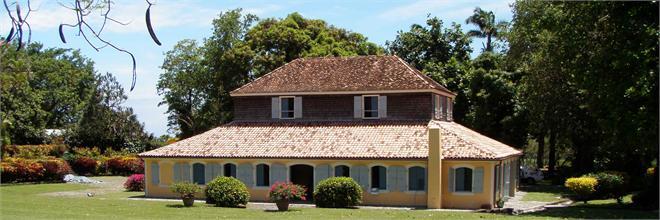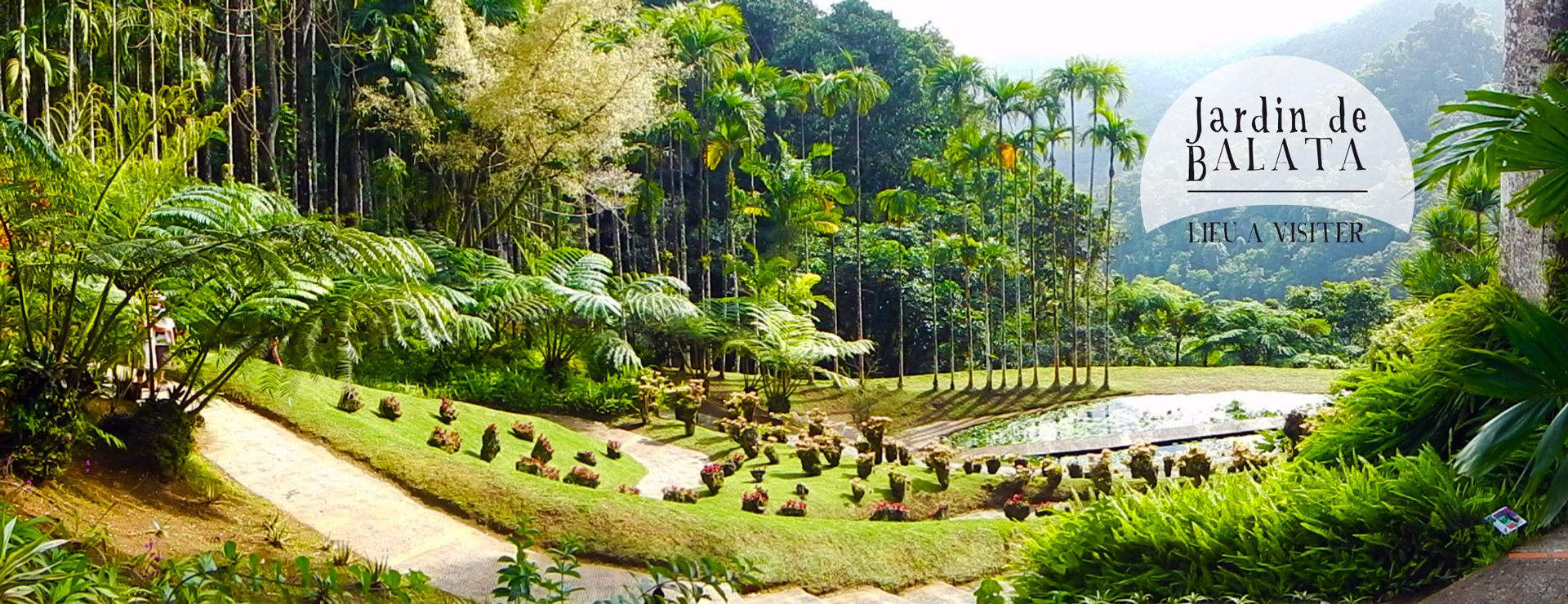
Begun in 1982, the Balata garden is the creation of Jean-Philippe Thoze. It opened its doors on April 19, 1986 and takes its name from that of the trees once numerous on these lands.
This collector's garden invites you on a fascinating journey of discovery in the world of biodiversity. 10 km route de Balata 97200 FORT DE FRANCE Tel: 05 96 64 48 73
Le Rocher du Diamant, located in the south of Martinique, reveals the richness of one of the most famous rocks in the world.A volcanic vestige dating back a million years, it is a protected natural area where landing is prohibited due to the presence of seabirds that stay there: Brown Noddi, Bridled Tern, Tailed Straw, Brown Booby, Frigatebird .
They are more than a thousand! Since 2007, cameras installed on the rock, you will observe live the many sea birds that breed there at the Museum, Panoramas and Wild Life.
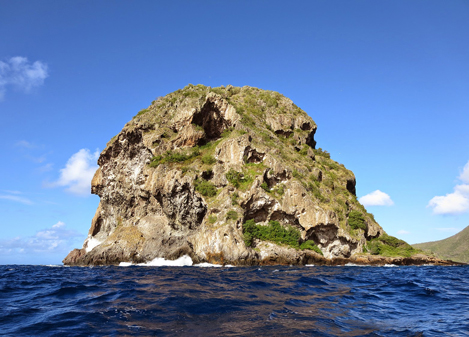
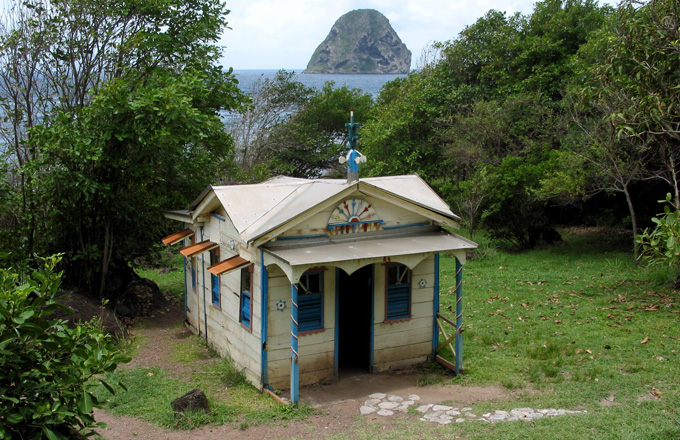
This very small house was called the house of the convict owes its name to its Martinican sculptor Medard ARIBOT nicknamed
This house has been listed as a Historic Monument since October 2006.
On April 08, 1830, a clandestine slave ship carrying 300 slaves dropping anchor at Anse Caffard was the victim of a swell of extreme violence. The boat was completely destroyed, its name and nationality never established. Six corpses were recovered.
The bodies of the sailors were buried in the cemetery, those of the slaves buried a few meters from the shore. 86 captives, including 26 men and 60 women, were saved and were transferred to Fort de France.
On the occasion of the one hundred and fiftieth anniversary of the abolition of slavery, Laurent VALERE created this set of 15 monumental white statues facing the CAP 110 � EAST (in the direction of the Gulf of Guinea from where the crew left) .
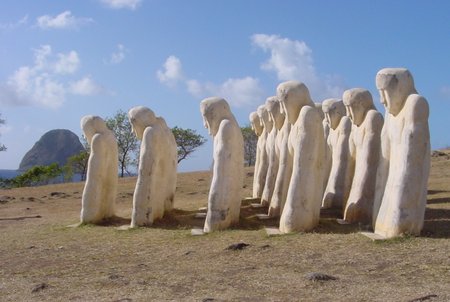
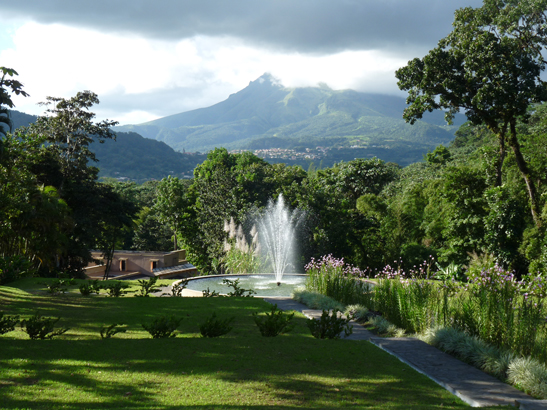
Discover the Domaine de l'Emeraude, in Le Morne-Rouge, designed by the Martinique Regional Natural Park, forest trails accessible to all, interactive exhibitions, guided tours and walks of interpretation of the landscapes on request, sale of local products. .
The Emerald Estate benefits from an idyllic natural setting which gives it a unique character. Nearly 4km of walking trails accessible to adults and children have been created. Three routes of 15, 30 or 60 minutes allow you to explore this forest which is home to more than a hundred native species.
The exploration pavilion is a meeting place with the Natural History of Martinique, educational, instructive and very fun.
Parc Naturel Régional de la Martinique Route de la Trace 97260 Le Morne-Rouge - Tél : 05 96 52 33 49
The Sainte-Marie islet is a Martinican islet located on the northeast coast of Martinique, just opposite the city of Sainte-Marie.
The tombolo word of Italian origin designates a sandy arrow which generally connects an island to the mainland.
It results from the action of marine hydrodynamic factors existing for 4 months of the year, mostly from January-February to April-May.
Tourists can walk on the tombolo to reach the islet, where small paths are traced. Trail on the right side of the islet closed from April 1 to August 31 to protect Roseate Terns, a rare species of bird that nests on this part of the islet during this period.

Far from homes and the urban environment, you have what it takes to enjoy a good river bath, known for its invigorating freshness. It is an opportunity for nature lovers to discover an authentic virgin forest with lush vegetation. We often come across hikers who have taken the path that connects the Precheur to Grand-Riviere along the entire north Caribbean coast.
COMMUNE DE GRAND'RIVIERE Périolat 97218 Grand'Rivière Tél : 05 96 55 72 74
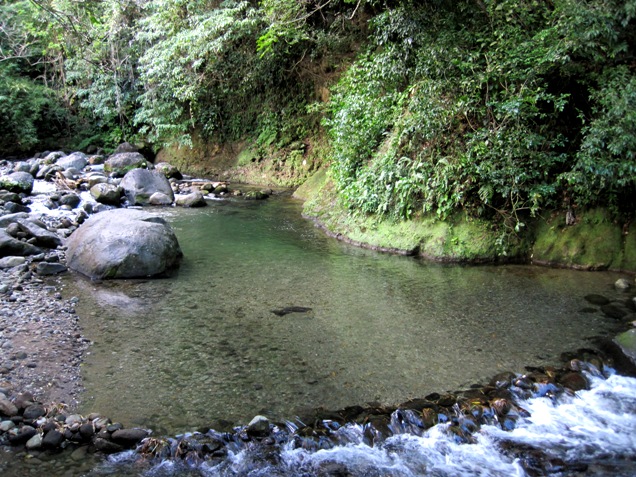
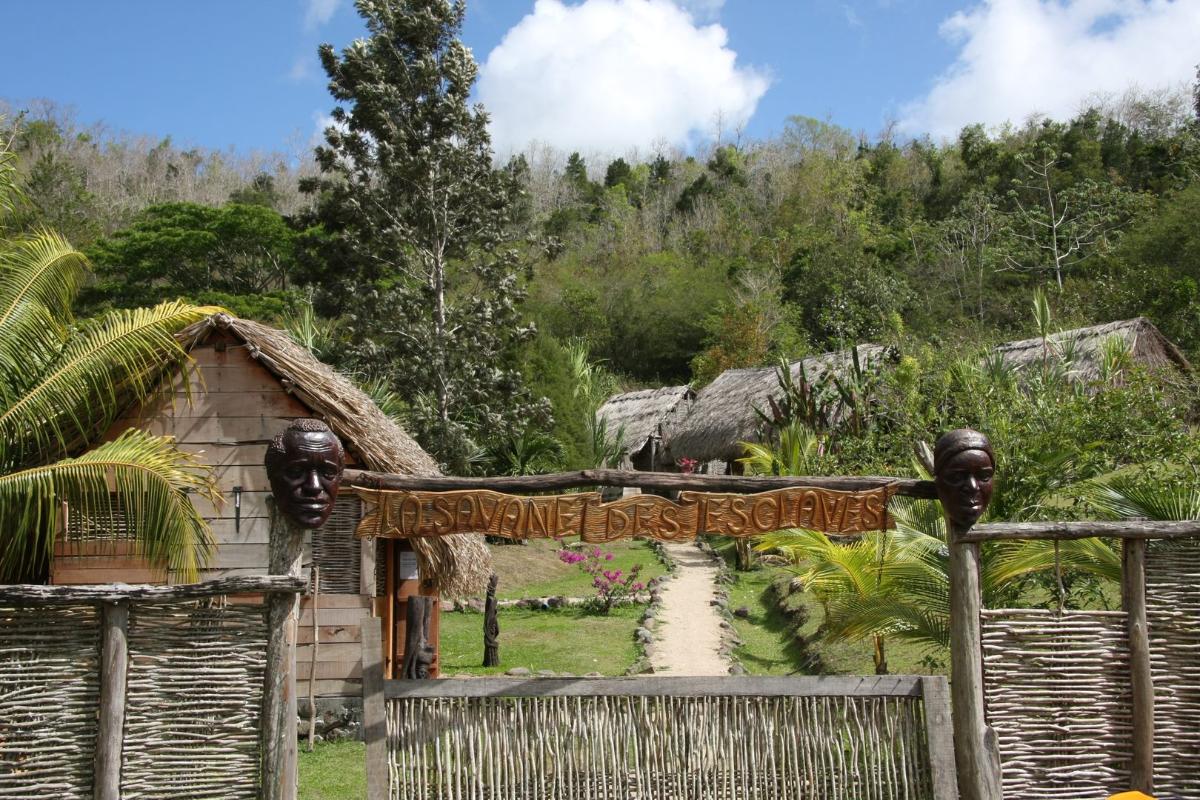
The reconstituted village of yesteryear and the museum retracing the history of slavery, located in the countryside of Trois-Ilets, La Ferme district, is a 2 hectare park, on the edge of the forest.
From the entrance, you will notice huts, traditional dwellings, type 1900.
Quartier La Ferme 97229 TROIS ILETS 97229 Les Trois-îlets (Martinique)
Tél : 05 96 68 33 91
Guided and commented tour by small train of the ruins of Saint-Pierre.
Duration: 50 minutes. Departure: Place des Ruines du Figuier at 9:00 a.m. For afternoon visits (2 p.m.)
Rue Bouillé 97250 saint-Pierre 97250 Saint-Pierre (Martinique)
Tél : 05 96 55 50 92
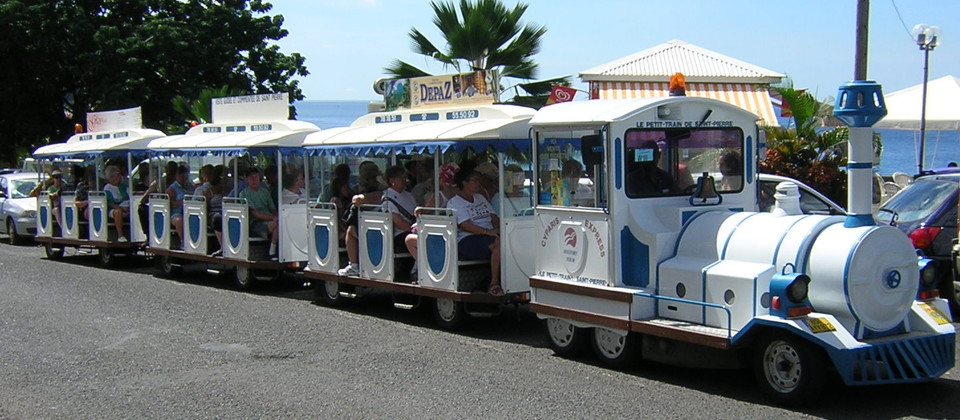
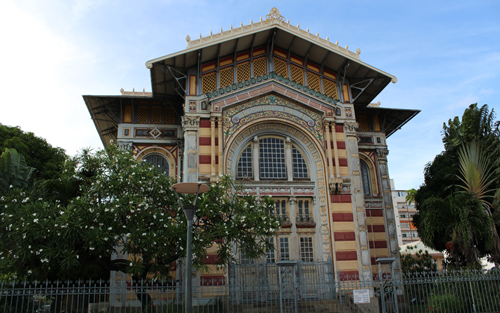
Architectural jewel, built according to plans by Henri Picq, the building was first presented in 1889 in Paris. Dismantled and transported by boat to Fort de France, it housed in 1893 a collection of works offered by Victor Schoelcher, French politician, acquired for the abolitionist cause in the French Colonies in the 19th century.
Lundi 13h-17h30 / Mardi à Jeudi 8h30-17h30 / Vendredi 8h30-17h / Samedi 8h30-12h.
Fermé : Lundi matin, Dimanches & jours fériés
Entrée & Visite libre – Photos autorisées
Monument Late 19th century. Former Town Hall of Fort de France, its classic architecture distinguishes it from neighboring buildings. The building also has an Italian theater, completed in 1912. .
Rue Victor Sévère- 97200 FORT DE FRANCE 97200 Fort-de-France (Martinique)
Tél : 05 96 59 42 39 - Fax : 05 96 59 60 32
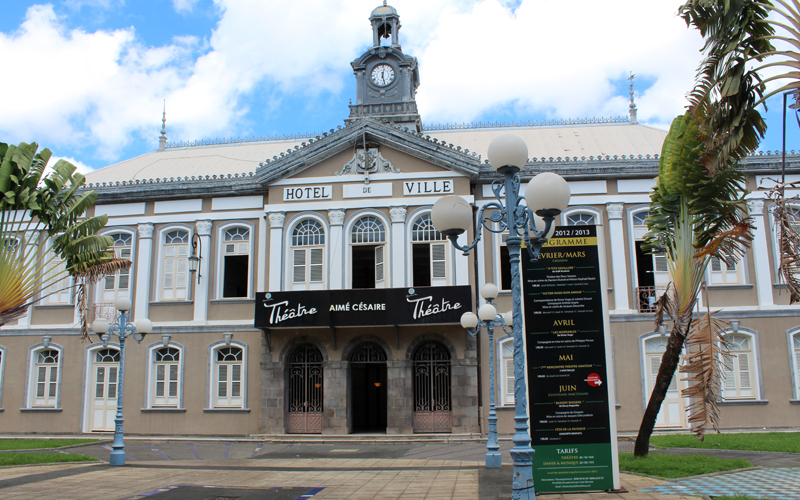
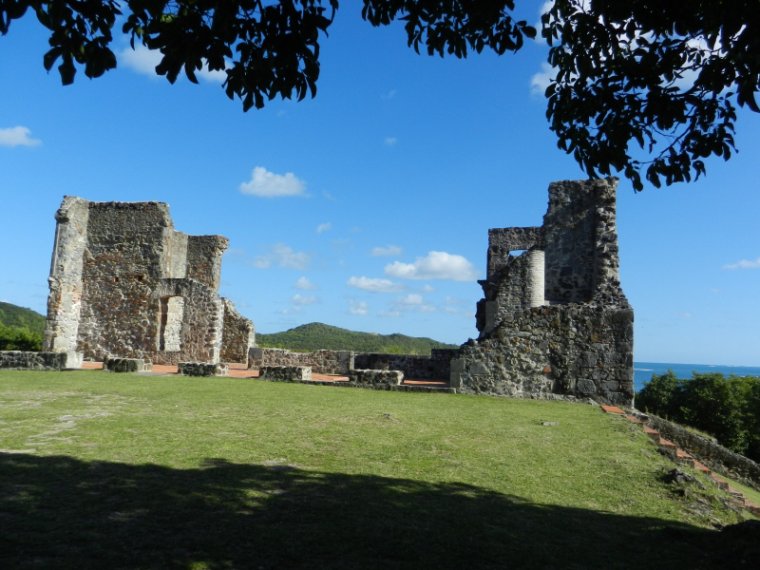
The Ruins of Chateau Dubuc Presqu'ile de la Caravelle In the heart of the caravel peninsula, nestle its majestic ruins. Site classified as a Historic Monument since 1992.
A micro museum allows you to learn more about the history of Housing and its occupants.
Open Monday to Sunday: 9:00 a.m. - 4:30 p.m.
Tartane 97220 La Trinité (Martinique)
Tél : 05 96 58 09 00
This large house, the entrance of which is enhanced by an avenue of coconut palms, highlights a testimony to Creole architecture. Built around 1760, the Pécoul house and its facades were classified as historic monuments in 1981. The main house was the center of the area around which workers' huts and industrial buildings radiated. The site is still supplied by diversion canals which supply water t
Habitation Pécoul 97218 Basse-Pointe (Martinique)
Tél : 05 96 78 99 01
